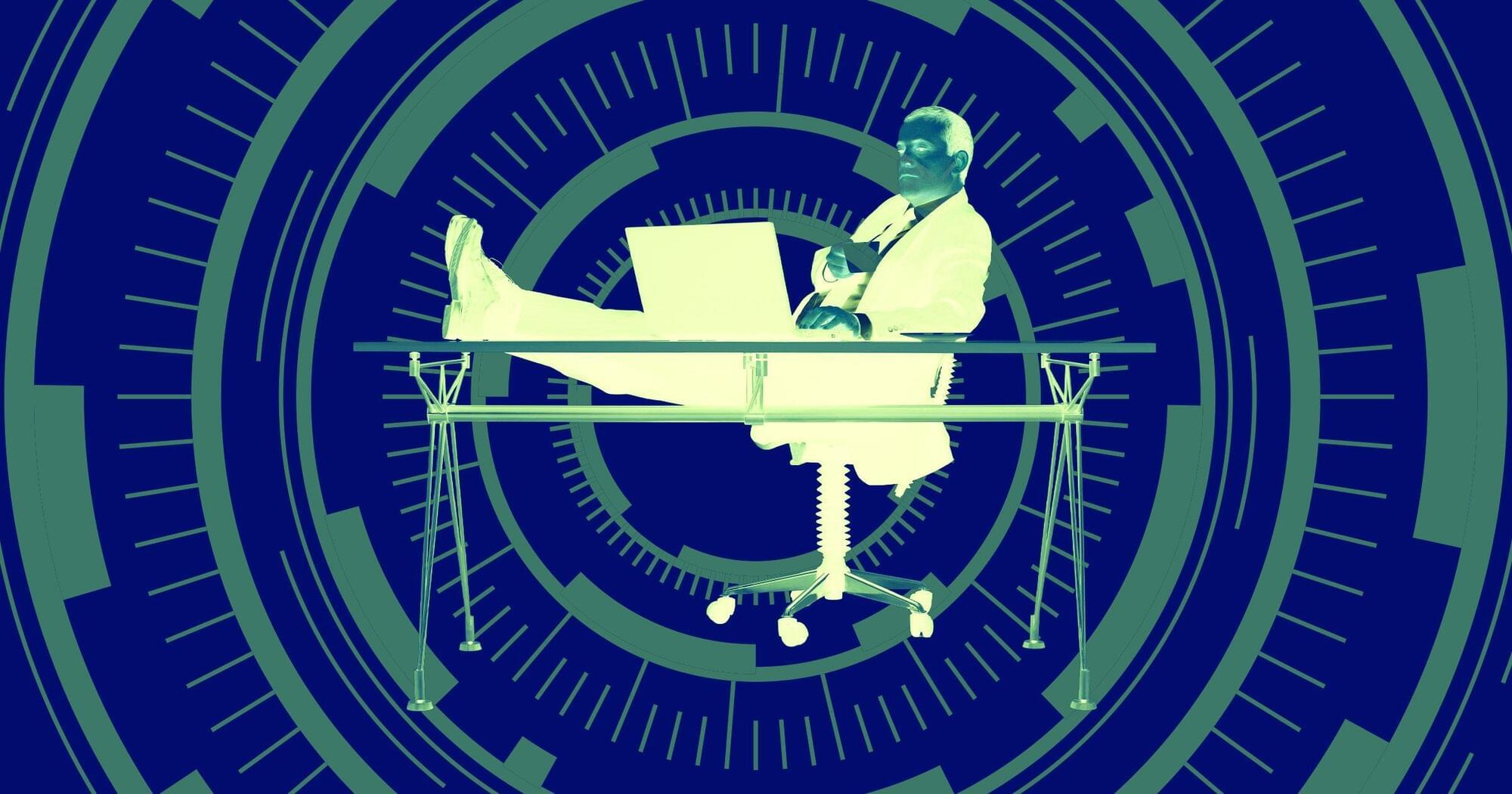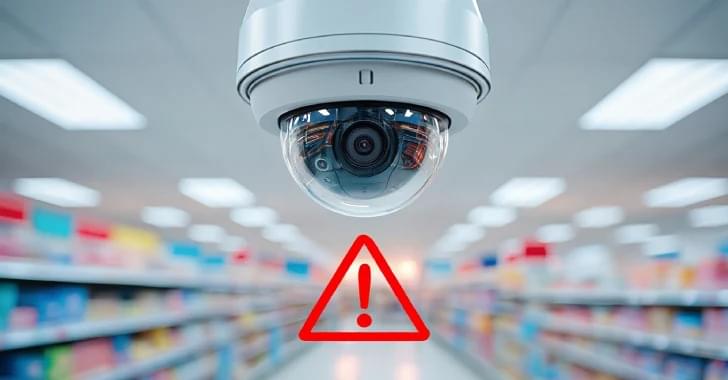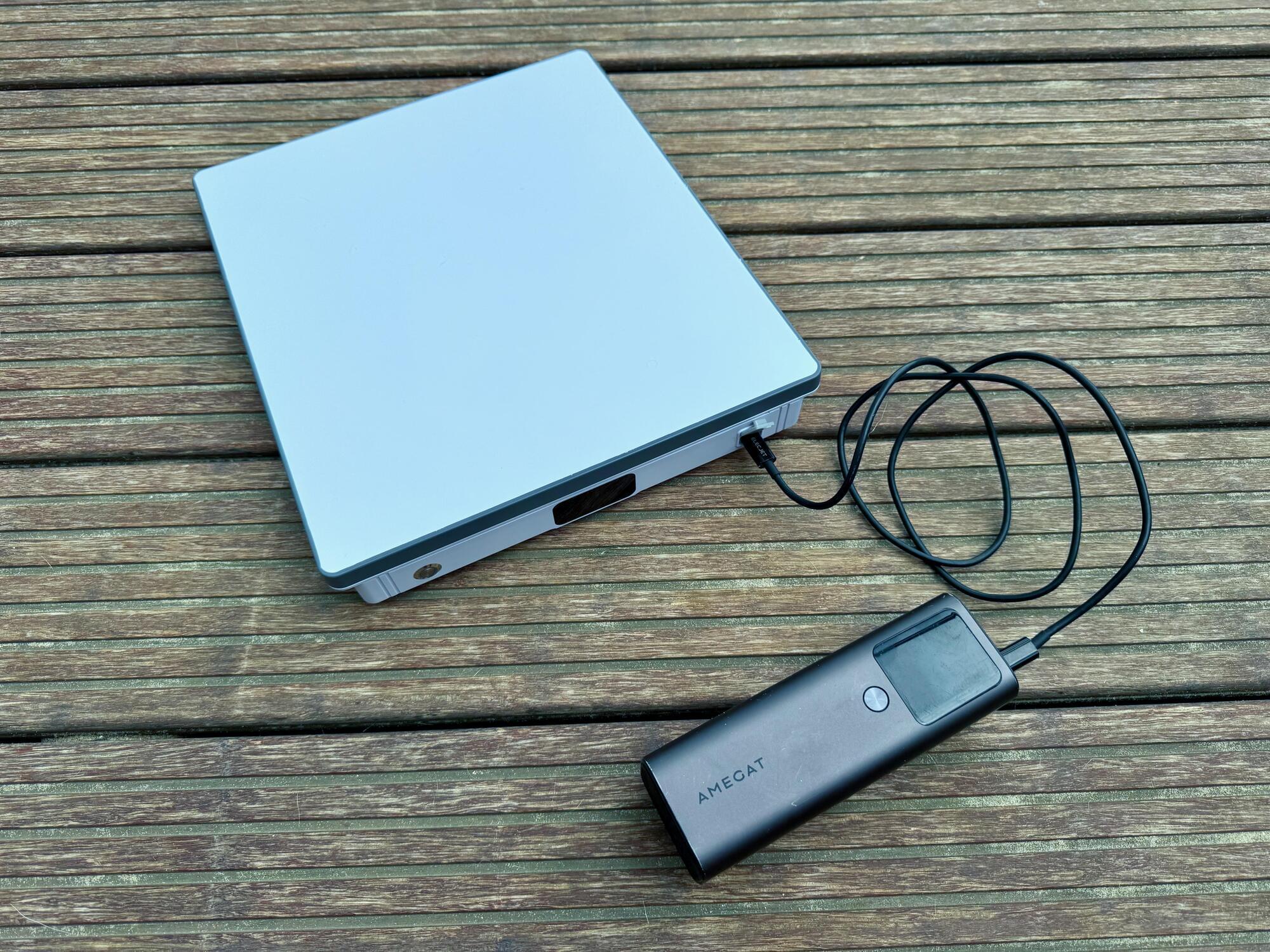An international team of scientists led by Nanyang Technological University, Singapore (NTU Singapore) has developed a new type of ultracompact laser that is more energy efficient and consumes less power.
Smaller than a grain of sand, the micrometer-sized laser incorporates a special design that reduces light leakage. Minimizing light loss means less energy is required to operate the laser compared to other highly compact lasers.
The laser emits light in the terahertz region (30 μm—3 mm), a 6G communications frequency, and could pave the way for high-speed wireless communication of the future.









